
Why Class 3 eBikes Are the Future of Urban Commuting
Introduction: The Rise of Class 3 eBikes
Class 3 eBikes have become a breakthrough in urban transportation. They were designed to solve problems with crowded streets, long commutes, and environmental concerns. These bikes have evolved from regular bicycles and early pedal-assist models. They now include better electric motors, improved battery systems, and enhanced safety features, making them popular among city dwellers.
Class 3 models can reach speeds up to 28 mph with pedal assistance. This greatly cuts down commute times compared to regular bikes and gives riders an edge during rush hour when cars and normal bicycles get stuck in traffic.
Experts and city planners have seen that these bikes offer a real advantage for city commuting. Many riders in big cities report that they can skip traffic jams and arrive at work without stress after switching to Class 3 eBikes.
A typical 20-mile journey takes nearly half the time on a Class 3 bike. These bikes not only help people travel faster but also encourage regular riding that helps counter the sitting lifestyle common in cities.
The bikes come with smart speed sensors, regenerative braking, and comfortable designs. This explains why today's city commuters are drawn to these advanced eBikes. Studies from cities like San Francisco and New York show that riders enjoy smoother acceleration and better range. This makes Class 3 eBikes an attractive option for daily commutes. The combination of speed, ease-of-use, and being eco-friendly makes these bikes perfect for modern professionals who want efficiency and reliability in city travel.
This article will explore the technical details of eBike classifications, the specific features of Class 3 models, and their advantages compared to older bikes and other classes (Class 1 and Class 2). We will also share real-world insights, compare different commuting situations, and discuss safety rules, infrastructure readiness, and future trends that show the long-term impact of Class 3 eBikes on urban mobility.
Understanding eBike Classifications
Overview of eBike Classification Systems
The current rules divide eBikes into three classes based on how they work and how fast they can go. Class 1 eBikes only provide assistance when you pedal and help you reach up to 20 mph. Class 2 eBikes include a throttle that can power the bike without pedaling but still limit assistance to 20 mph. Class 3 eBikes, also called speed pedelecs, work only with pedal-assist and can reach speeds up to 28 mph.
This system, now used in over 30 states, defines not just speed but also motor power and intended use. Data shows that Class 3 models typically use motors between 250 W to 750 W, with most standardized around 750 W for best performance in city settings.
Specific Features of Class 3 eBikes
These bikes are designed for quick acceleration and longer travel distances without becoming unstable. Advanced sensors measure your pedaling force and speed to deliver smooth, consistent power until you reach 28 mph.
The larger capacity batteries ensure that riders can cover long journeys even on challenging routes. Manufacturers build these bikes with strong frames, powerful disc brakes, and refined gearing systems to match the higher speeds and demands of city commuting.
Recent market research confirms that city commuters using Class 3 eBikes report better ride efficiency and responsiveness compared to other categories. The lack of throttle control in many models keeps riders engaged, ensuring that power delivery matches pedaling effort and road conditions.
Benefits of Class 3 Design in Urban Areas
In crowded cities, quick acceleration and higher top speeds give riders a critical advantage when moving through heavy traffic. Class 3 eBikes offer better range and more efficient energy use, reducing the need for frequent recharges during daily commutes.
The comfortable riding position and ergonomic design help reduce rider fatigue over long distances. Furthermore, these bikes often include built-in lighting, reflective materials, and connectivity features that improve both rider safety and convenience. From a design perspective, the balance between weight and power ensures that these eBikes perform well across city terrains. Together, these features show why Class 3 eBikes are uniquely suited to the needs of modern city commuters.
Key Advantages of Class 3 eBikes for Urban Commuting
Speed and Efficiency
Higher assisted speeds of up to 28 mph allow commuters to navigate urban congestion more effectively. Research shows that riders on Class 3 eBikes can cut their commute times by nearly 30% compared to regular bicycles. The better acceleration improves the ride experience, especially when starting from traffic lights or busy intersections. By spending less time on the road, Class 3 eBikes not only save fuel but also reduce stress from slow-moving traffic.
These speed advantages are crucial in growing cities where every minute counts. Many urban studies reveal significant improvements in overall travel efficiency, making these bikes valuable for city mobility.
Sustainability and Environmental Benefits
Class 3 eBikes directly reduce urban carbon emissions by replacing short car trips with zero-emission rides. Riders switching from cars to eBikes can greatly cut their carbon footprint.
Studies suggest that a 15% shift in urban travel modes may decrease transportation-related CO₂ emissions by over 11%. Cleaner air and less noise pollution are immediate benefits in cities with high eBike adoption rates.
This shift toward electric commuting supports city sustainability goals and reduces dependence on fossil fuels. Besides lowering air pollution, these bikes need fewer resources for maintenance compared to traditional vehicles.
Adopting Class 3 eBikes is a concrete step toward building greener, more sustainable cities.
Low Maintenance and Cost Efficiency
Compared to cars, eBikes have much lower operating and maintenance costs. Regular upkeep on Class 3 eBikes involves simple tasks like battery management, brake checks, and tire inflation, which are less complex than car servicing.
Long-term savings on fuel expenses, insurance, and parking fees further increase their economic benefits. Experience from multiple urban studies shows that riders save hundreds of dollars annually by commuting on eBikes instead of cars.
Bike maintenance is both affordable and straightforward, ensuring riders enjoy a hassle-free commuting experience. In many cases, the lower ownership costs help justify the initial investment in a quality Class 3 eBike.
Enhanced Commuting Experience
The overall riding experience is improved by the smooth power delivery, comfortable seating, and agile handling that Class 3 eBikes offer. Key advantages include:
-
Consistent pedal assistance even on hills
-
Reduced rider fatigue on long journeys
-
Quick acceleration at stop-and-go traffic
-
Lower stress levels due to faster travel times
-
Versatile designs that adapt to diverse urban environments
These features deliver real improvements in both health and morale. Cyclists report experiencing less physical strain and a more enjoyable ride compared to traditional bikes or congested car commutes.
Such benefits not only promote physical activity but also help reduce stress levels, resulting in happier and healthier urban lifestyles.
A comparative table below summarizes the key advantages:
| Benefit | Class 1 eBikes | Class 2 eBikes | Class 3 eBikes |
| Top-Assisted Speed | Up to 20 mph | Up to 20 mph | Up to 28 mph |
| Pedal-Assist Mechanism | Yes | Yes & Throttle Option | Yes (no throttle in many models) |
| Acceleration Efficiency | Moderate | Moderate | Optimized for rapid acceleration |
| Urban Navigation Advantage | Good | Good | Exceptional |
| Maintenance Cost | Low | Low | Comparable and cost-effective |
Unique Urban Commuting Insights: Real-World Experiences & Comparative Analysis
Real-World Commuting Scenarios
Cities like Portland, Chicago, and Los Angeles have become testing grounds for Class 3 eBikes as daily commuting alternatives. In one detailed study, riders using back streets during peak hours shared how Class 3 bikes allowed them to bypass traffic jams and avoid the common bottlenecks encountered with traditional bicycles.
A commuter in downtown Chicago described their experience: "Riding a Class 3 eBike on my daily route reduced my commute by nearly 10 minutes, even during heavy rush hour." Such stories highlight a key trend—Class 3 eBikes are not just a luxury; they are a practical solution designed from real urban challenges.
Comparative data shows that these bikes deliver a smoother ride in busy neighborhoods where car traffic creates delays. Understanding these experiences is essential for appreciating the transformative impact of this technology on daily urban transit.
Detailed user interviews also highlight the benefits of efficient acceleration and responsive handling, especially in unpredictable city environments. While traditional bikes struggle on steep urban hills or in sudden stop-and-go scenarios, Class 3 eBikes adapt effectively.
The improved motor assistance is reported to be a game changer during bad weather, where extra power support significantly reduces rider effort.

Comparative Analysis with Other eBike Classes and Conventional Commuting
When comparing Class 3 eBikes with Class 1 and Class 2 models, several performance metrics clearly separate them. Speed is a primary difference; while Class 1 and 2 eBikes max out at 20 mph, Class 3 models are designed to reach 28 mph with pedal assistance.
This superior speed capability means fewer delays and a more efficient commute during peak urban hours. Moreover, conventional commuting methods—such as driving a car—face challenges like parking scarcity, fuel costs, and environmental pollution.
Class 3 eBikes solve these issues with a smaller carbon footprint and the ability to use dedicated bike lanes and city pathways. In head-to-head comparisons, urban planners emphasize that using Class 3 eBikes in city commuting systems leads to measurable improvements in air quality and traffic flow.
Industry experts recommend that cities invest in infrastructure improvements such as dedicated bike lanes and secure parking to fully benefit from Class 3 technology. Expert opinion from urban mobility conferences underscores that these eBikes serve as a reliable alternative to cars in situations where time and environmental impact are critical considerations.
In-Depth Expert Opinions
Transportation experts agree that Class 3 eBikes represent the intersection of technology and sustainability. Urban planners have noted that these bikes reduce congestion while offering riders a practical and eco-friendly commute.
Experts from reputable sources such as Streetsblog USA have highlighted that enhanced safety protocols and regulated speed limits contribute significantly to their urban viability. Streetsblog USA on Class 3 e-Bike Safety
Many industry leaders also emphasize that ongoing improvements in battery life and motor efficiency promise even better performance in the future. This evolving technology is expected to lower costs further and encourage more widespread adoption across diverse urban settings.
In summary, the balanced blend of speed, sustainability, and cost efficiency makes Class 3 eBikes a clear winner when compared to other commuting alternatives.
Regulations, Safety, and Infrastructure Considerations
Legal Framework and Regional Regulations
Class 3 eBikes are subject to clear legal requirements that vary by state and city. Generally, these bikes do not require a driver's license but often have a minimum age limit (typically 16 or 17 years old) and require helmet use.
In over 26 U.S. states, the three-tier eBike classification ensures consistent safety and operational criteria across jurisdictions. Regulatory bodies have set specific thresholds in motor power (up to 750 W) and speed limits (28 mph) to ensure rider safety and minimize risks.
For instance, local laws in several metropolitan areas enforce additional riding restrictions on Class 3 models within multi-use paths and bike trails. This careful regulatory oversight helps balance the benefits of speed with the need for public safety.
Safety Features and Best Practices
Manufacturers include advanced safety features such as hydraulic disc brakes, integrated lighting, and real-time speed monitoring to reduce riding risks. Routine maintenance, periodic safety gear checks, and following riding protocols are recommended for all Class 3 users.
Expert riders advise regular inspection of battery systems and tire pressures to ensure optimal performance. Best practices include wearing a helmet at all times and using reflective clothing during low-light conditions.
Additionally, riders should know the specific biking laws in their region to avoid unintentional violations. Many cities now offer dedicated eBike lanes that are strategically designed to help separate bicycle traffic from vehicles, lowering the risk of accidents.
Urban Infrastructure and Future Changes
Urban infrastructure continues to adapt to the growing presence of Class 3 eBikes. Many cities have already developed extensive networks of bike lanes and secure docking stations, making it easier for commuters to integrate eBikes into their daily routines.
Innovative projects, driven by municipal sustainability initiatives, show promise for expanding these facilities even further. As city planning evolves, future developments may include smart traffic signals that prioritize eBikes and integrated charging stations at transit hubs.
The ongoing collaboration between urban planners, policymakers, and bike manufacturers reinforces the commitment to safety and efficiency in public transit. For additional context on urban safety enhancements, refer to Streetsblog USA on Class 3 e-Bike Safety, which details current measures and potential future improvements.
In summary, the robust legal framework, along with emerging urban infrastructure improvements, ensures that Class 3 eBikes are both safe and compliant with local regulations, paving the way for broader adoption throughout cities.
The Future Outlook for Urban Mobility with Class 3 eBikes
Technological Innovations
Technological advancements in battery efficiency and motor systems continue to drive improvements in Class 3 eBike performance. Future models are expected to feature smart integrations such as GPS tracking, app-based diagnostics, and adaptive power management systems.
These enhancements will further extend range and reduce recharge times, making eBikes even more suitable for lengthy urban commutes. Industry pioneers are researching lightweight composites and improved regenerative braking technologies to boost speed and energy conservation.
Innovations such as these are already anticipated to bridge the gap between urban cycling and high-performance vehicular commuting. The evolution of sensor technologies ensures that riders receive real-time feedback, enhancing safety and performance across various terrains.
Policy and Market Trends
Government initiatives and urban sustainability policies are increasingly favoring green transit solutions. In many cities, policies that promote electric mobility directly fuel a growing market for Class 3 eBikes.
A recent policy analysis published on ScienceDirect on eBike Urban Integration highlights how eBikes are becoming integral to comprehensive urban mobility strategies.
Market trends suggest a surge in consumer interest, with eBike sales increasing by double-digit percentages annually in many metropolitan areas. This growth is driven by both environmental incentives and the practical benefits of reduced commuting costs and enhanced flexibility.
As more cities adopt eBike-friendly policies, infrastructure investments such as charging stations and secure parking will further mainstream these bikes.
Long-Term Impact on Urban Lifestyle
The long-term effects of embracing Class 3 eBikes could revolutionize urban landscapes. By significantly reducing reliance on fossil-fuel vehicles, these bikes contribute to healthier air quality and decreased urban noise pollution.
In the future, cityscapes may be redesigned with more green spaces, wider bike lanes, and improved pedestrian zones, fostering a holistic sustainable urban environment. As urban congestion diminishes, the quality of life improves, encouraging more people to opt for active transportation modes.
The ripple effect of such a shift includes less traffic congestion, lower accident rates, and improved community health markers. All these factors point to a transformative impact on urban lifestyles, making Class 3 eBikes not just a transit solution, but a catalyst for broader societal change.
Conclusion: Embracing the eBike Revolution
Class 3 eBikes represent an evolution in urban commuting, merging speed, efficiency, and sustainability into a single solution. They offer a modern alternative to traditional vehicles by reducing commute times, lowering carbon emissions, and minimizing long-term maintenance costs.
Regulatory advancements and infrastructural investments reaffirm that riding a Class 3 eBike is both safe and compliant with local laws. The accumulating data from real-world case studies and expert opinions underscore their significant advantages over conventional transportation.
As urban centers continue to embrace innovative transit solutions, Class 3 eBikes stand at the forefront of the movement toward cleaner, smarter, and more efficient cities.
We encourage urban commuters, eco-conscious professionals, and city dwellers to explore local regulations, take a test ride, and experience firsthand the revolution that these advanced eBikes offer. Embrace a future of efficient, safe, and sustainable urban mobility—one pedal stroke at a time.
FAQ
-
Q: What is the maximum speed of a Class 3 eBike?
A: Class 3 eBikes can reach speeds up to 28 mph with pedal assistance, compared to 20 mph for Class 1 and 2 models.
-
Q: Do I need a license to ride a Class 3 eBike?
A: No license is required, but riders must typically be at least 16 years old and wear a helmet in most jurisdictions.
-
Q: How much can I save by commuting with a Class 3 eBike?
A: Commuters can save hundreds of dollars annually on fuel, parking, and maintenance costs compared to car ownership.
-
Q: What makes Class 3 eBikes better for urban commuting?
A: They offer faster speeds, better acceleration, longer range, and the ability to bypass traffic congestion while remaining eco-friendly.
-
Q: Are Class 3 eBikes safe for city riding?
A: Yes, they come equipped with advanced safety features like hydraulic disc brakes, integrated lighting, and real-time speed monitoring systems.




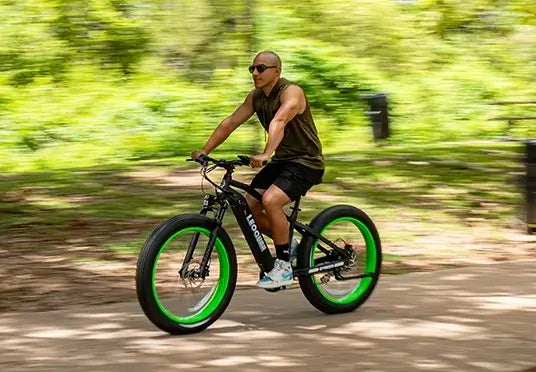
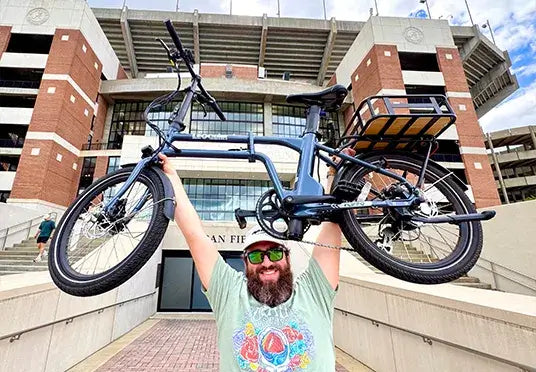
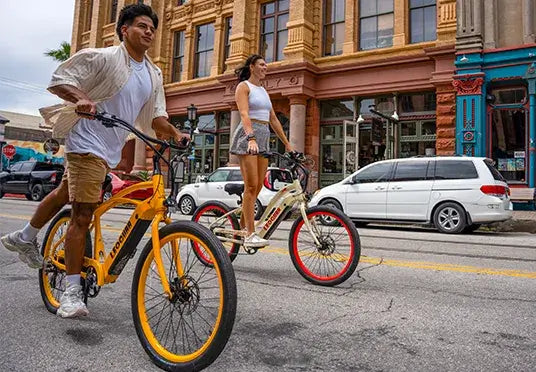
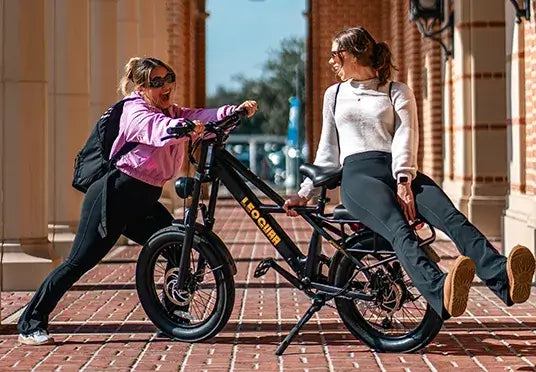
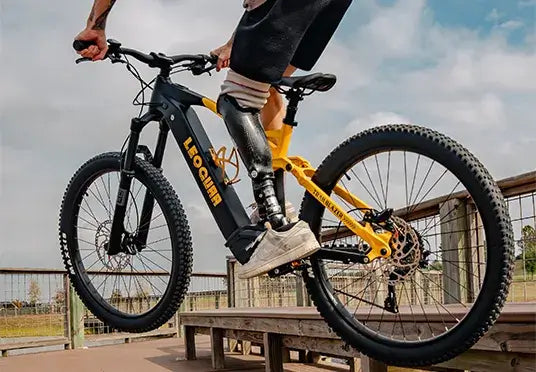

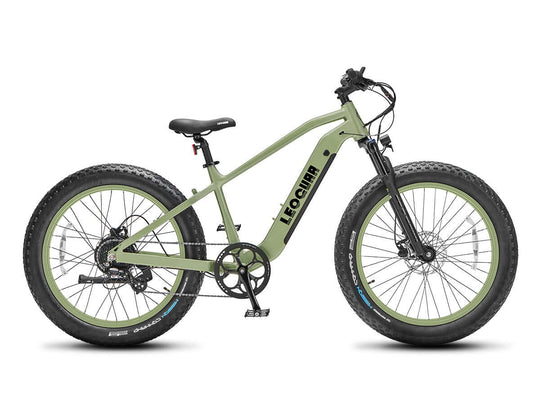
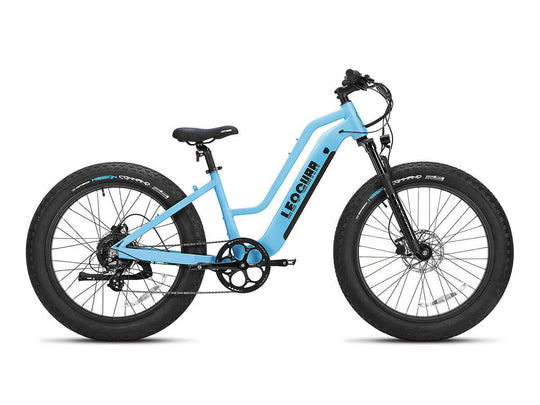
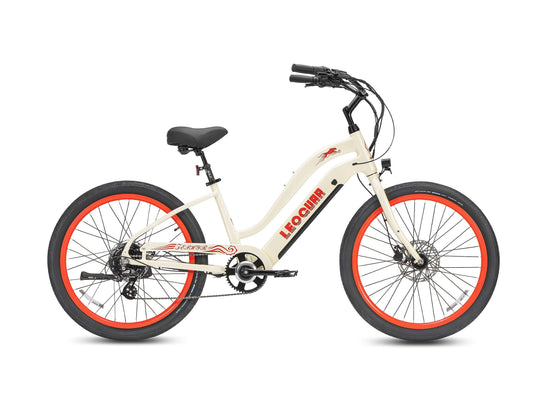
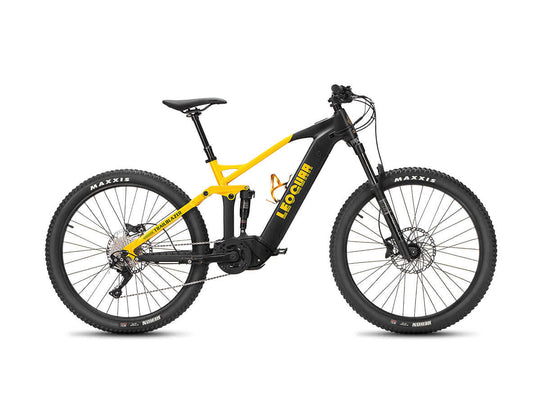
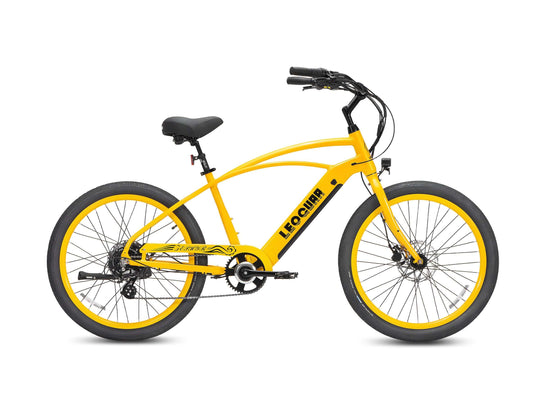
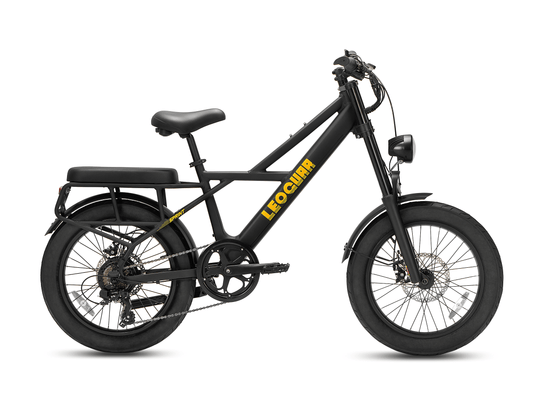

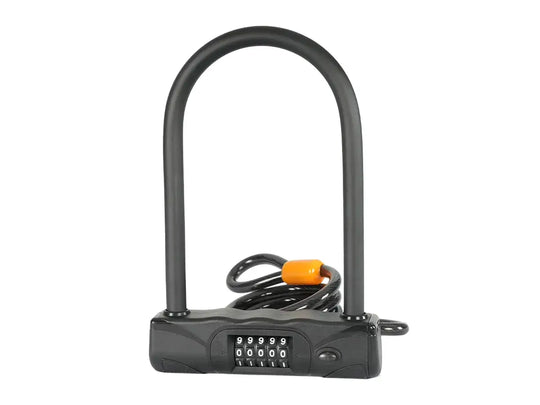
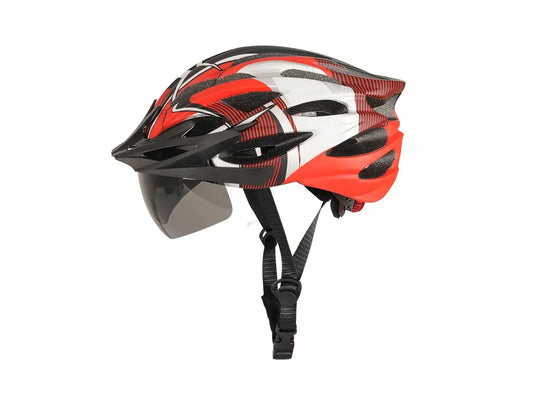
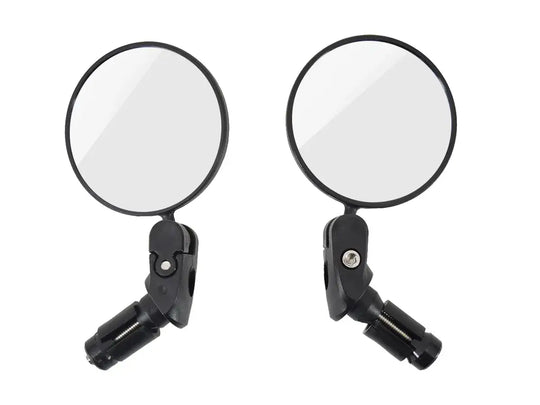

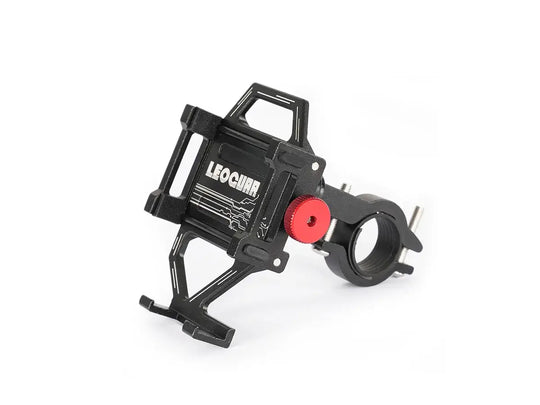
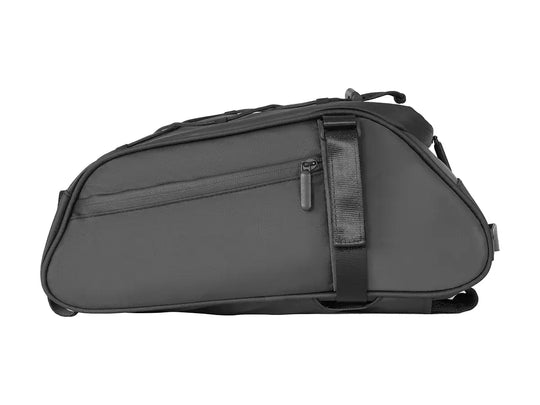
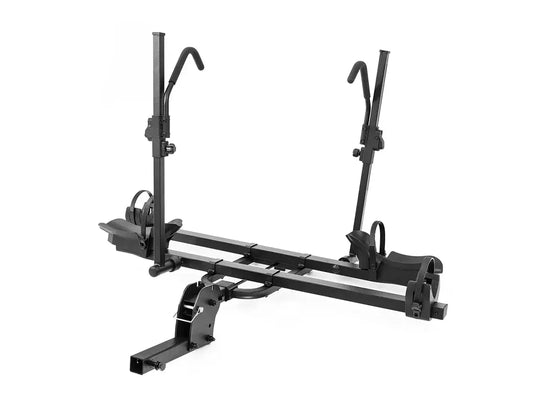
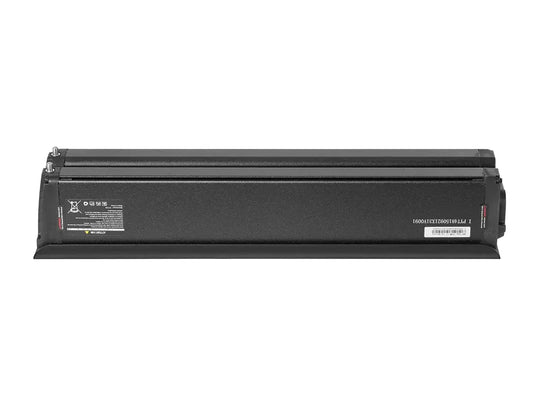
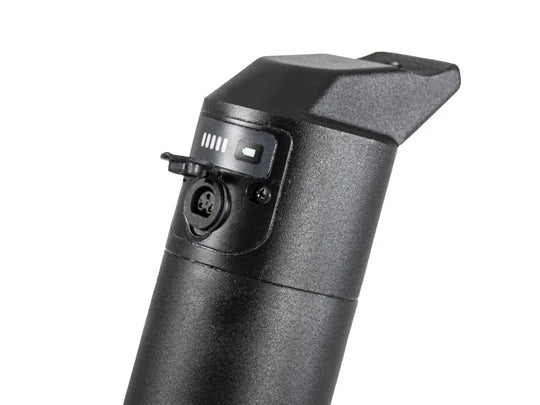
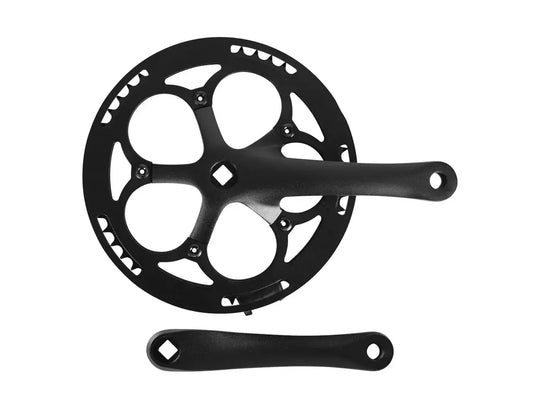
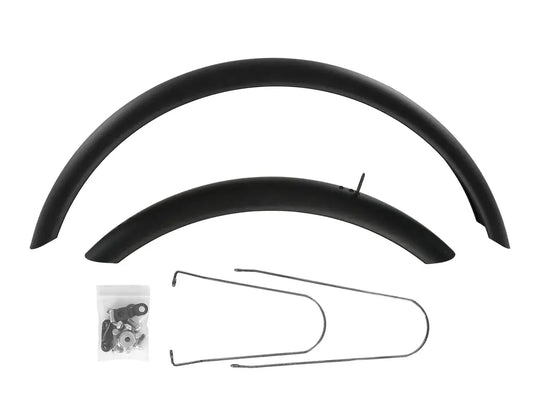
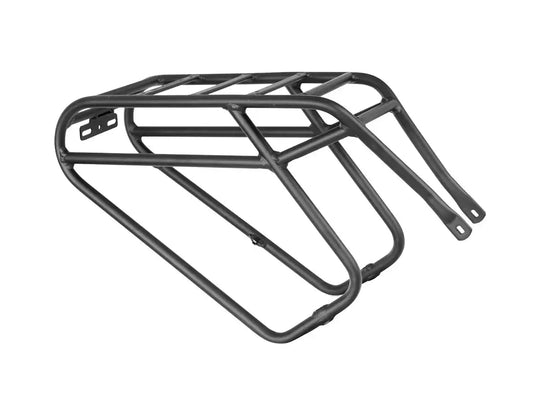
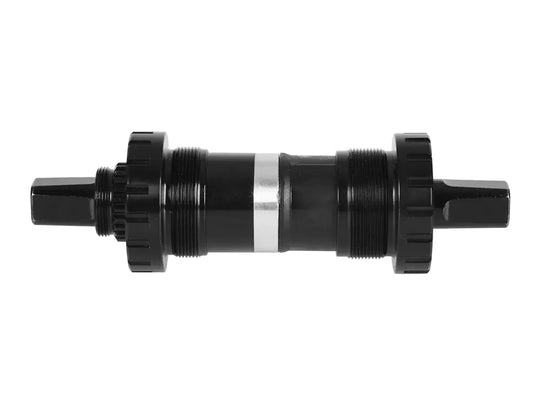
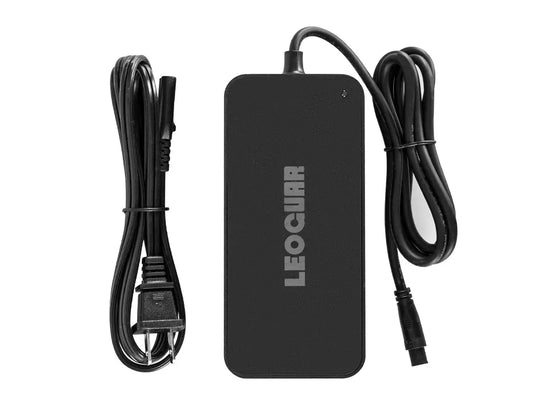
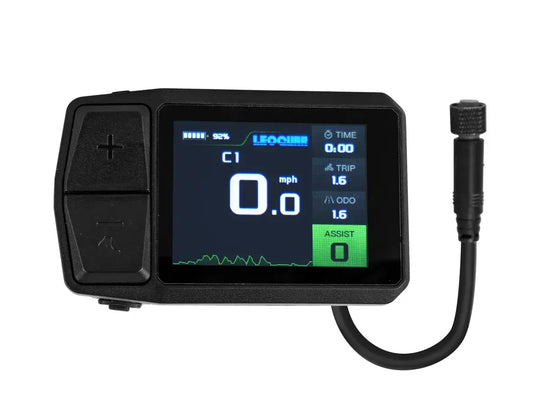
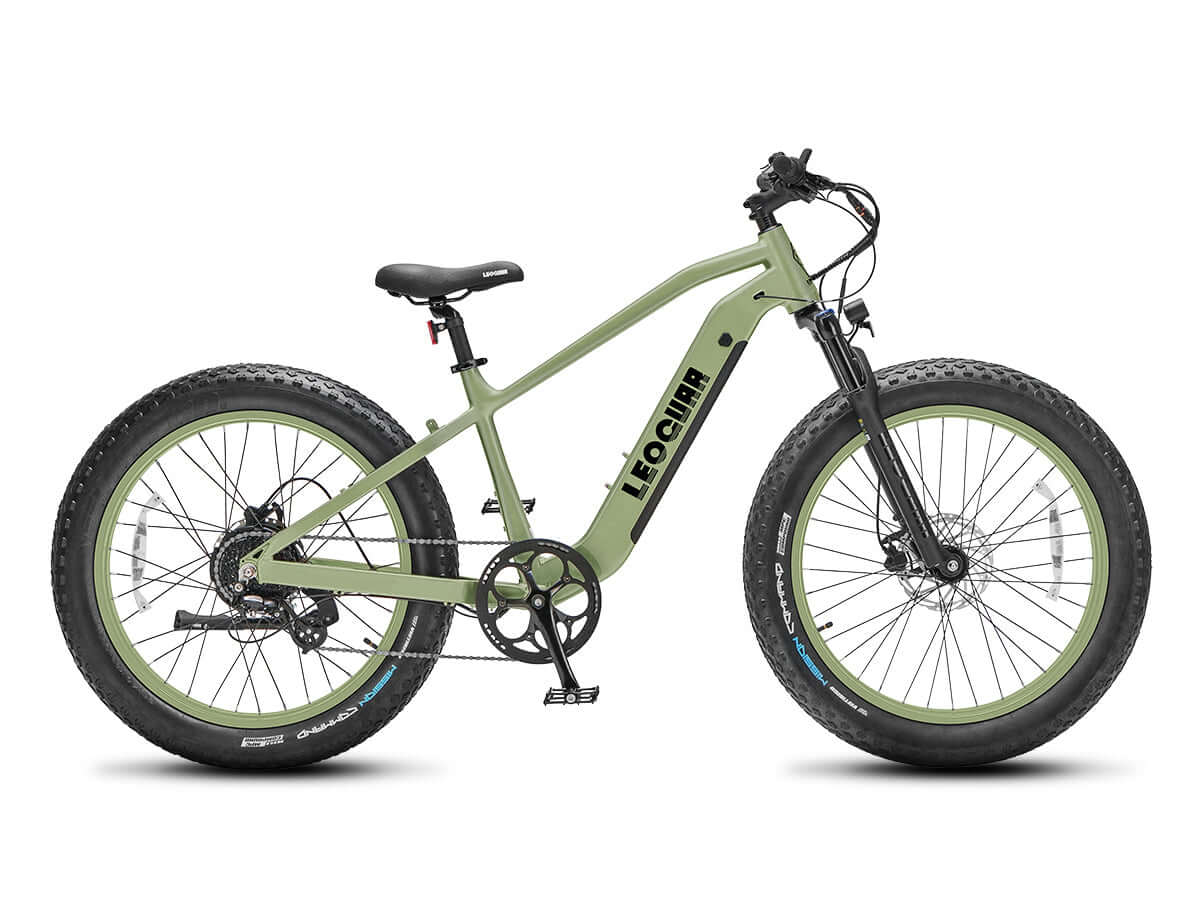








Leave a comment